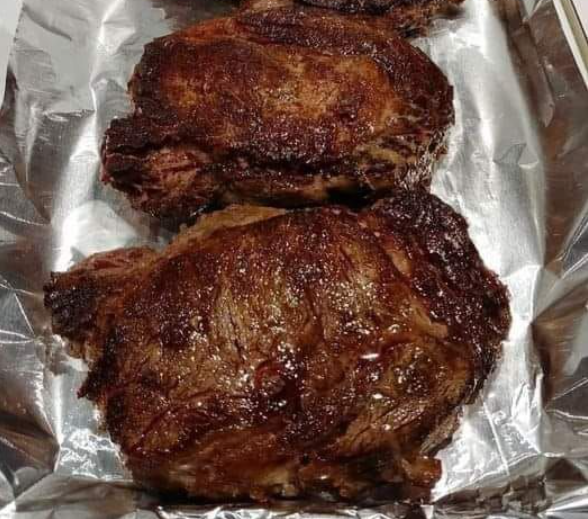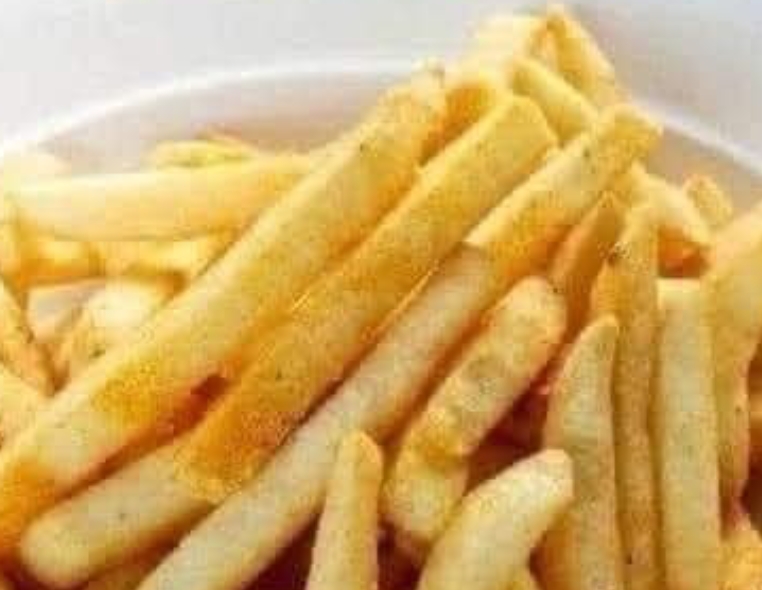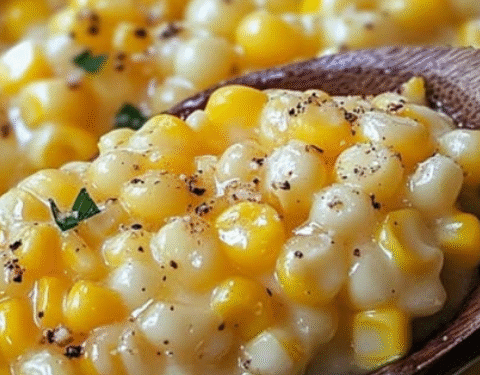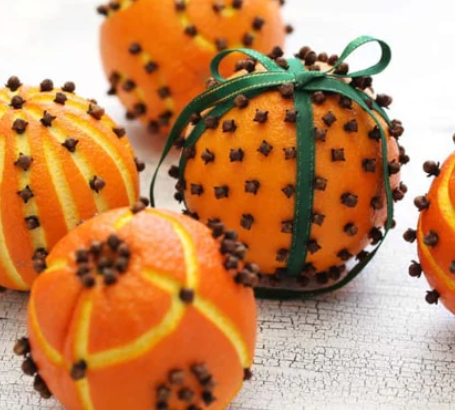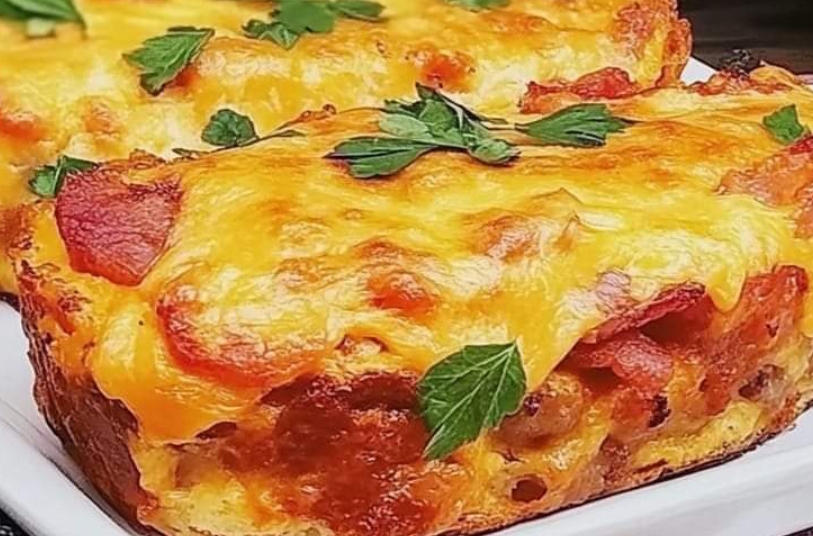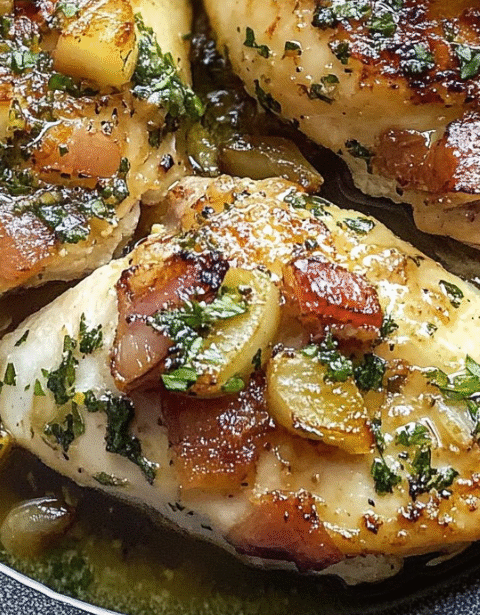The Secret to Perfectly Tender Meat: How Baking Soda Transforms Chicken, Pork, Steak, and Fish
Have you ever taken a bite of chicken breast, pork chops, or steak and found it disappointingly tough or chewy? 🥩🐟 If so, you’re not alone. Many home cooks struggle with achieving restaurant-quality tenderness. But what if there was a simple, inexpensive, and nearly foolproof solution already sitting in your pantry? The answer: baking soda. Yes, that humble white powder you use for baking, cleaning, and deodorizing also happens to be a secret weapon for tender, juicy meat.
In this article, we’ll break down exactly how to use baking soda to tenderize meat, why it works, what the science says, and how top chefs like Gordon Ramsay, Ina Garten, Bobby Flay, and Ree Drummond view this method. Plus, we’ll cover health tips, nutrition facts, safety considerations, and answer the top 10 most frequently asked questions. By the end, you’ll be ready to transform your cooking game forever. 🍗🍖
Why Meat Becomes Tough in the First Place
Before we explore the baking soda technique, let’s understand why meat sometimes turns out tough. The primary culprit is protein structure. When meat cooks, its proteins contract and tighten, especially at high heat, squeezing out moisture and leaving the texture dry. This is particularly true for lean cuts like chicken breast and pork chops. Fatty cuts naturally retain more juiciness, but lean proteins often need some extra help.
Factors that cause toughness
- Overcooking meat at high temperatures 🔥
- Not marinating or tenderizing before cooking
- Lack of fat content in lean cuts
- Improper resting after cooking
- Insufficient moisture during cooking
The Magic of Baking Soda: How It Works
Baking soda, or sodium bicarbonate, raises the pH level on the meat’s surface. This higher alkalinity makes it harder for proteins to bond tightly, which means the meat retains more water and cooks up significantly more tender. Unlike acidic marinades that take hours to work, baking soda works in minutes—making it a quick and effective solution for busy cooks.
Step-by-Step Baking Soda Tenderizing Method
- Wash your meat and pat it lightly dry.
- Sprinkle a thin layer of baking soda on both sides. (Tip: use a shaker for even coverage.)
- Let it rest for about 10 minutes—no longer to avoid an aftertaste.
- Rinse thoroughly under cold water to remove all baking soda residue.
- Pat dry with paper towels.
- Cook and season as usual. ✅
The result? Chicken that melts in your mouth, pork chops that stay juicy, steaks that cut like butter, and salmon that flakes perfectly.
Expert Chef Insights
Even professional chefs appreciate the science behind baking soda tenderizing:
Chef Gordon Ramsay: “The secret to tender meat is understanding proteins. Baking soda is a clever hack—it changes the chemistry just enough to lock in juiciness without hours of marinating.”
Ina Garten (Barefoot Contessa): “For home cooks, this is brilliant. It’s affordable, quick, and reliable. I love anything that makes chicken breast less intimidating.”
Bobby Flay: “I usually grill, and baking soda-prepped meat holds up incredibly well to high heat. It gives you that tender bite while still keeping flavor intact.”
Ree Drummond (The Pioneer Woman): “Sweet and sour chicken changed forever when I tried this method—it really does melt in your mouth.”
Health Tips & Safety Considerations
Is it safe to use baking soda on meat?
Yes! Baking soda is food-safe and approved by the FDA. As long as you rinse the meat thoroughly after tenderizing, it won’t alter the taste or safety of the dish. However, avoid using too much or leaving it on too long, which can lead to a soapy flavor.
Healthy Cooking Tips
- Use lean cuts of meat to keep fat intake lower.
- Pair with steamed vegetables, whole grains, and healthy oils for a balanced meal.
- Avoid over-seasoning with salt after baking soda treatment, since the pH balance already impacts flavor.
- Always use food-safe practices: wash hands, cutting boards, and knives after handling raw meat.
Nutrition & Benefits Table
| Meat Type | Serving Size | Calories | Protein (g) | Fat (g) | Health Benefits |
|---|---|---|---|---|---|
| Chicken Breast | 100g | 165 | 31 | 3.6 | High protein, low fat, supports muscle growth 💪 |
| Pork Chop | 100g | 231 | 25 | 13 | Rich in thiamine, supports energy metabolism ⚡ |
| Steak (Sirloin) | 100g | 250 | 26 | 17 | Iron-rich, boosts red blood cell health 🩸 |
| Salmon | 100g | 208 | 20 | 13 | High in omega-3s, supports heart health ❤️ |
10 Frequently Asked Questions (FAQs)
1. Can I use baking soda on all types of meat?
Yes, it works on chicken, pork, beef, and even fish like salmon.
2. Will baking soda change the flavor of meat?
Not if rinsed properly. The key is to avoid leaving it on longer than 10–15 minutes.
3. Is baking soda the same as baking powder?
No. Baking powder contains acids and other components, while baking soda is pure sodium bicarbonate. Only baking soda works for tenderizing.
4. Can I marinate meat after using baking soda?
Absolutely. In fact, rinsing and then marinating can layer tenderness with added flavor.
5. How does this compare to acidic marinades like lemon juice?
Acidic marinades take longer (hours to overnight). Baking soda works much faster—usually in just 10 minutes.
6. Is it safe for people with sodium restrictions?
Since the baking soda is rinsed off, very little sodium remains. However, consult your doctor if you’re on a strict low-sodium diet.
7. Can I use baking soda on ground meat for burgers or meatballs?
Yes! Mix a small amount into the meat mixture for tender, juicy burgers.
8. What happens if I leave baking soda on too long?
It can give the meat an unpleasant, soapy taste. Stick to 10 minutes for best results.
9. Does this method work before grilling?
Yes, grilling tenderized meat works beautifully because it prevents dryness even at high heat.
10. Can I combine this with brining?
You can, but do so carefully. Rinse thoroughly before brining to avoid altering the brine’s flavor balance.
Related Articles for Further Reading
- Best Chicken Recipes for Every Occasion
- Grilling Steak: Tips for Juicy Perfection
- Health Benefits of Salmon and How to Cook It Right
- Easy Pork Chop Recipes You’ll Love
Final Thoughts
If you’ve ever struggled with dry chicken breast, chewy pork chops, or tough steak, baking soda may be the culinary trick you’ve been waiting for. 🧂 By adjusting the pH of the meat’s surface, it locks in juiciness, delivers a melt-in-your-mouth texture, and makes everyday cooking taste like a five-star restaurant experience. Best of all, it’s fast, affordable, and uses an ingredient you already have at home.
Next time you prepare meat for dinner, try this method—you may never go back. 😉
